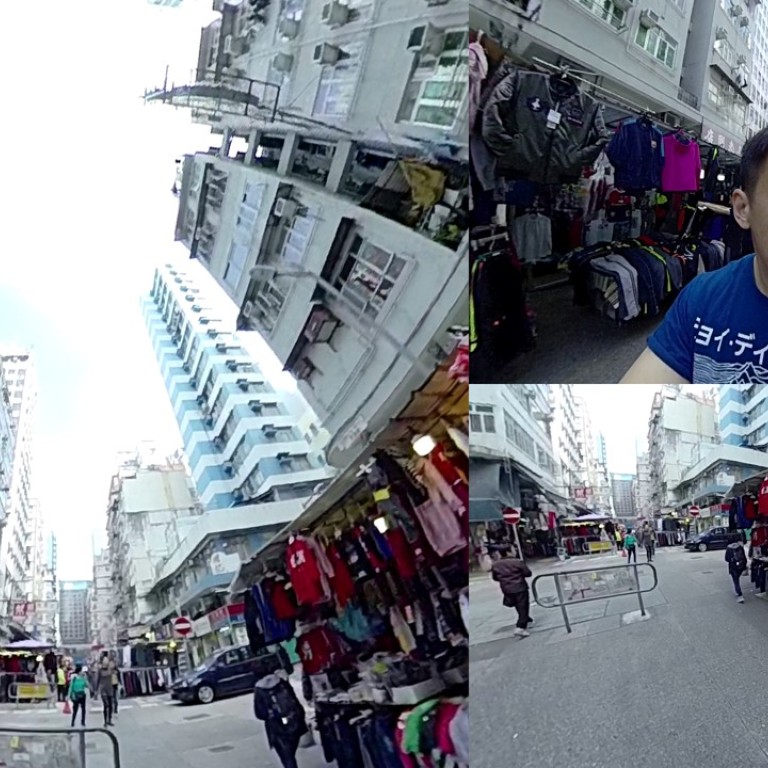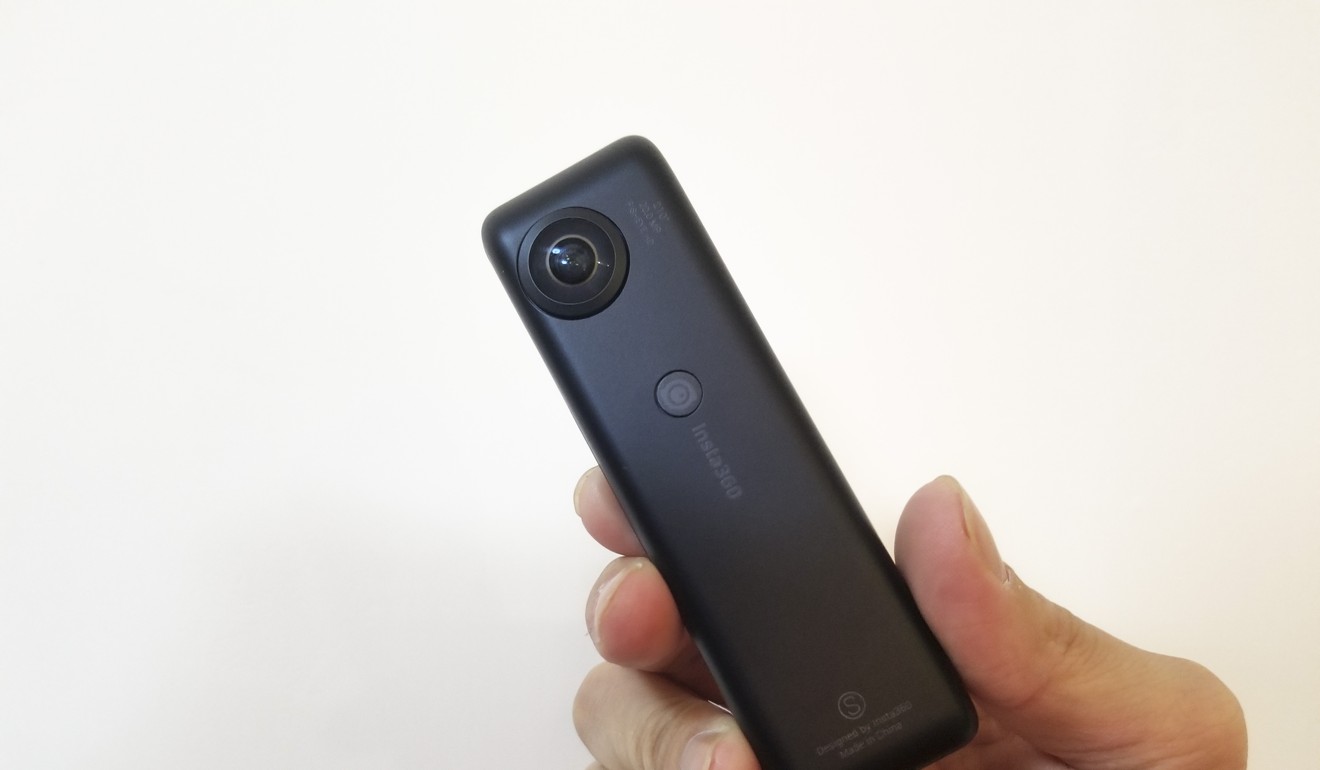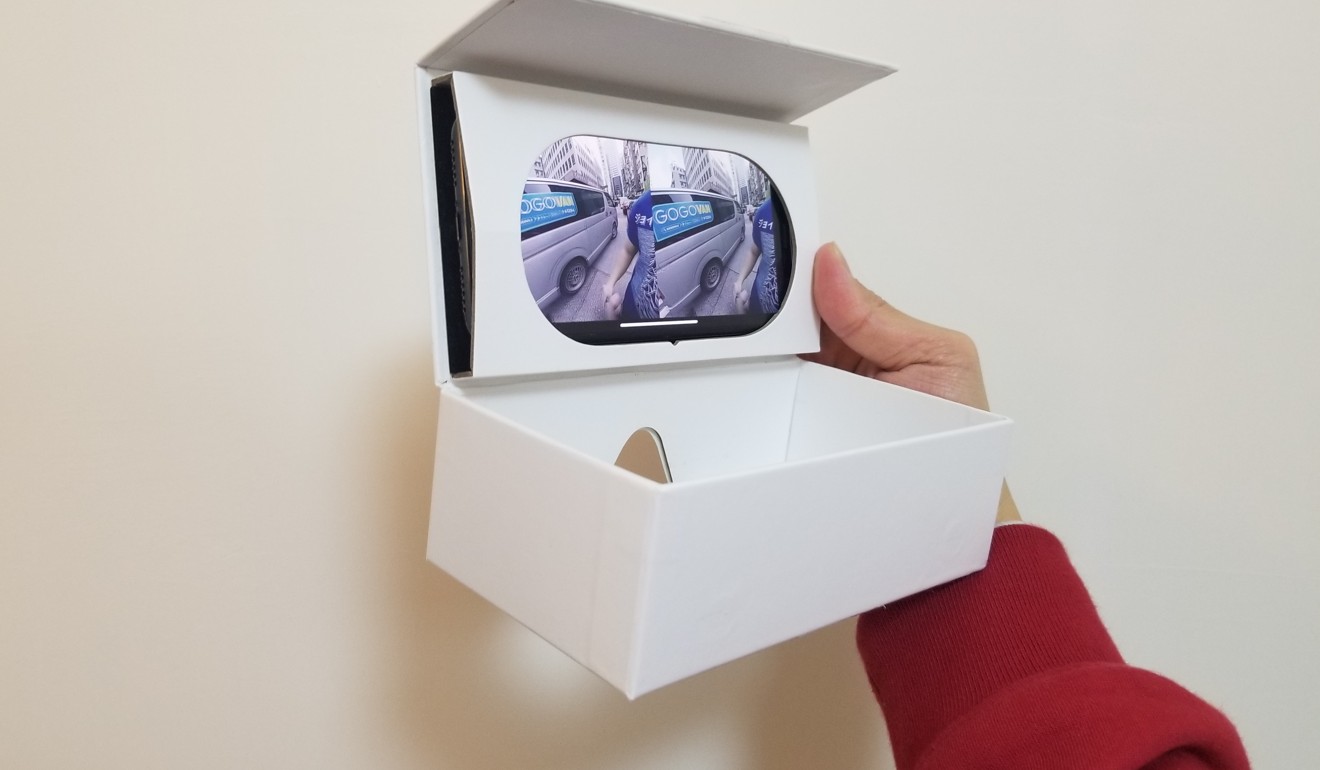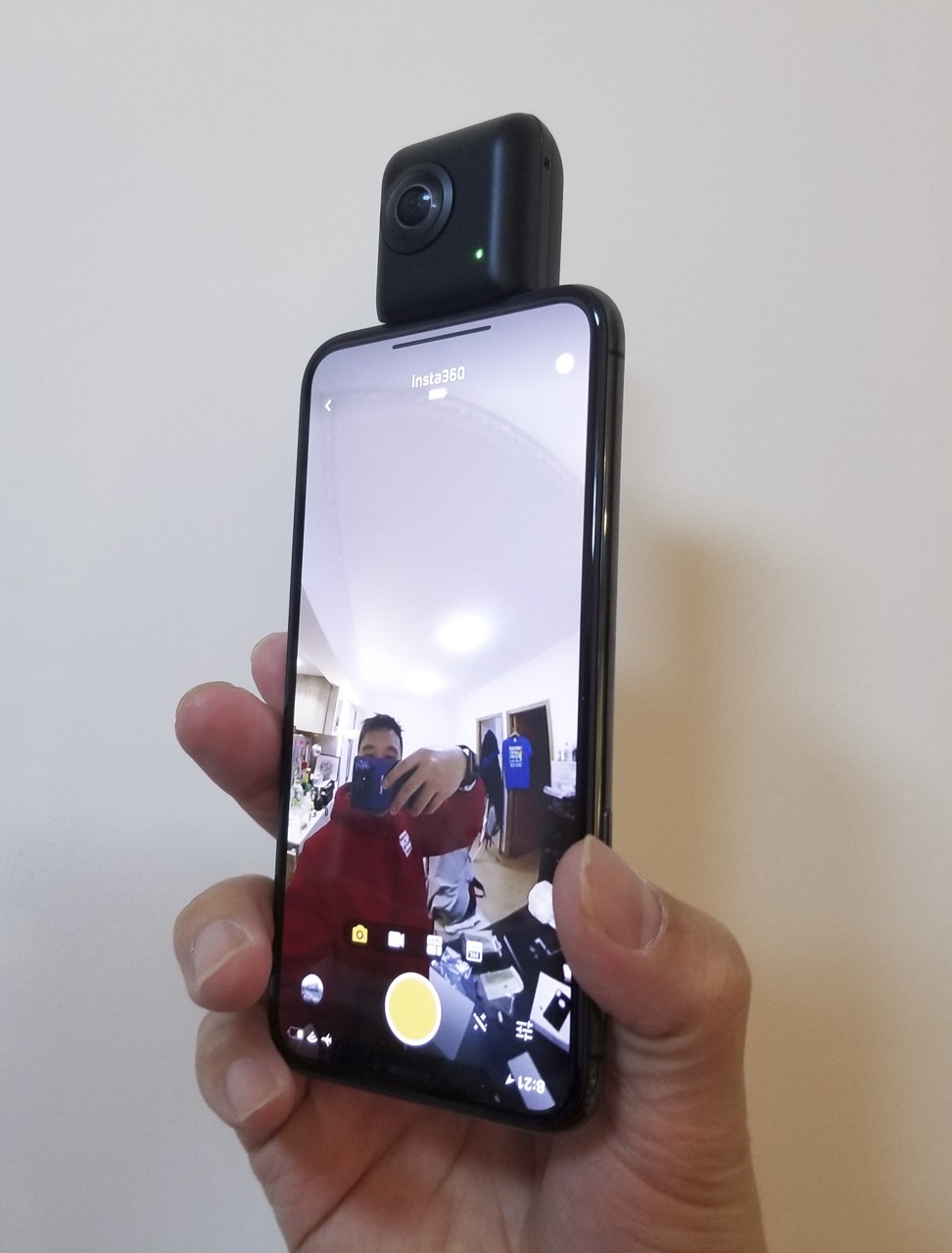
Insta360 Nano S review: iPhone-friendly 4K 360-degree camera with great on-the-go editing software
This budget 360-degree camera works best with an iPhone, allowing the user to use filters and other software tricks such as simultaneous multiple viewpoints during filming
Remember how pricey laptops and smartphones used to be before they were commoditised? Now one can find a well-built, more than serviceable portable computer – in phone or computer format – for less than US$300. The same is happening to 360-degree cameras. These cost a big chunk of change as recently as two years ago. But now, there is no shortage of budget options out there that can shoot hi-res immersive 360-degree footage.
The Nano S from Shenzhen-based Insta360, however, stands out because of its software tricks.

Design and hardware
The Nano S is a small plastic device with two fisheye lenses on opposite sides that combine to record 360-degree videos in 4K resolution or shoot 20-megapixel still photos. There’s a single hardware button that serves as both power and shutter button, along with a microSD card slot for storage; a USB charging port; and a lightning plug for connecting to iPhones.
Review: Insta360 One 4K 360 camera – bullet time is fun, but great photos, video and design are what make this a winner
The latter is crucial, because the Nano S is best used as an iPhone accessory. When connected to an iPhone 6 or newer, you’ll be able to operate the camera within iOS via Insta360’s companion app and use the phone’s storage directly. The Nano S can work as a stand-alone camera, but you’ll need to use an SD card for storage, and you won’t be able to see what you’re shooting in real-time or make any edits to footage until it’s plugged into an iPhone or you physically move the SD Card data to a computer.

Software and features
It’s much better to just use the Nano S plugged into an iPhone, because Insta360’s app is well-designed and turns the phone’s entire display into a 360-degree viewfinder that you can swipe and move around.
And as mentioned earlier, the app has a lot of additional tricks. You can, for example, apply various filters to footage, including one that makes everything look like a pencil sketch it’ll definitely draw plenty of attention on social media.

My favourite feature, however, is “FreeCapture”, which essentially lets the user take a 360-degree footage, zoom/pan/crop anywhere on the 360 canvas as they see fit, then turn that footage into a “normal” 2D video (which can be shared on many more platforms) and can achieve a cinematic feel. Watch the video sample below for an example.
All of these aforementioned features can be applied (and changed) to any footage shot with the Nano S after the fact in the Insta360 app, meaning you don’t have to commit to one filter or shooting mode before filming and be stuck with it for that clip.
Performance and battery life
Footage shot with the Nano S, if viewed on YouTube or directly on the phone, is great for its price range (US$239). There’s a bit of fish-eye distortion effect around the outer edges of the frame and footage shows visibly more noise and grain at night, but cameras that can record more crisp footage all cost 10 times as much.
Compared to other entry-level 360 cameras such as Samsung’s Gear (around the same price) or GoPro’s Fusion (more than double the cost at US$699), the Nano S’s footage more than holds its own.


Battery life is OK. There’s only an 800 mAh battery cell inside the camera, and I’ve found that it can record about two hours of video continuously before needing a recharge.

Conclusion
The Nano S is a really good entry-level 360 camera that’s loads of fun. Don’t expect to shoot truly immersive VR footage (you need at least 8k resolution for that), but the software features make up for that. If only Insta360 made this available for Android phones as well.
Price: US$239

